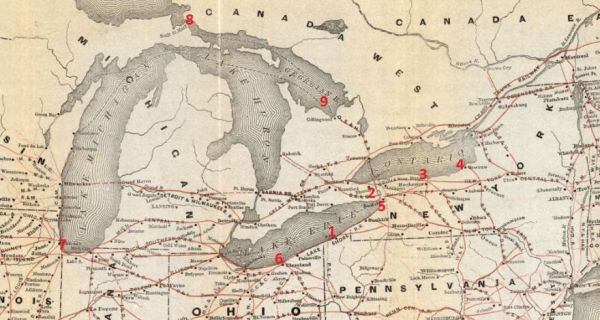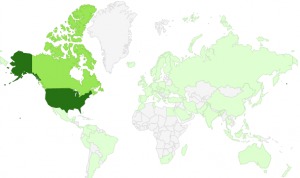This interesting piece of what-if history discusses a scuttled Confederate plot to target Northern shipping ports on the Great Lakes. My first reaction was to scoff at how little impact one steamer could have, but then I remembered The Alabama.
There was, however, an opportunity. In order to avoid an arms race on the Great Lakes, in 1817, the United States and Britain agreed to demilitarize them. In the Rush-Bagot Agreement, both nations agreed to maintain only a handful of small armed vessels on the Great Lakes and Lake Champlain. By 1863, there was only one American warship on the Great Lakes: the 14-gun steamboat USS Michigan, which is pictured above.
If the Confederate Navy could hijack the Michigan and crew it with skilled sailors, it could ravage American forces on the Great Lakes unopposed by the United States Navy.
via The Confederate Navy’s Crazy Plan to Raid the Great Lakes – Neatorama.


